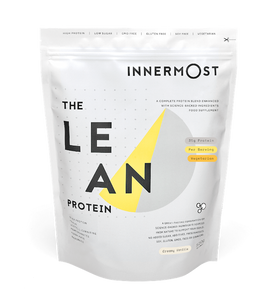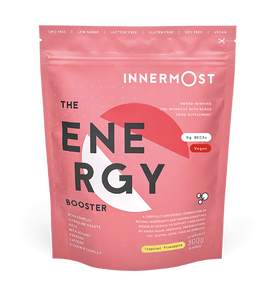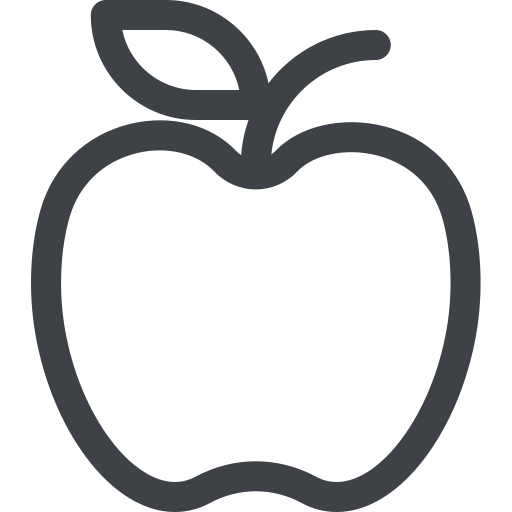There’s no doubt that recently there has been a rise in mental health struggles. With the rising cost of living crisis, anxiety is increasing and NHS-approved therapy waiting lists are getting longer. People are turning to alternative methods of help.
There are many ways of reducing your anxiety and relaxing more. Some people try supporting their immune system with food supplements such as The Relax Capsules and adding more potassium-rich foods into their diet to help reduce stress and anxiety levels. Some people find ASMR relaxing to soothe stress. Another method of reducing anxiety that’s increasing in popularity is the EFT taping technique, otherwise known as the Emotional Freedom Technique. But what is EFT, and how does this mysterious tapping therapy work?
What is EFT?
The emotional freedom technique (EFT) is an acupressure therapy technique. Similar to acupuncture but without the needles. It draws similar practices to neuro-linguistic programming, a method of understanding people and how they organise they’re feeling, language and thinking. The EFT, also known as the tapping therapy, has existed since the 1970’s and was developed by the founders of Thought Field Therapy, Gary Craig and DR Roger Callahan, and is known to treat things like addiction and anxiety. It has been labelled as just belief by critics so it’s seemingly controversial.
The principle of the tapping technique has been derived from a historic Chinese meridian energy system. It’s based on the fact that negative emotions disrupt your body’s energy system. If you combine this theory with CBT (cognitive behavioural therapy) and you can have an effective self-help method. The tapping method aims to clear any negative energy blockage by tapping repeatedly certain points that are meridian points on your body add some positive words of affirmation and you can shift your focus from any negative feelings.
The benefits of EFT tapping
The biggest benefit of EFT tapping is that it’s free and available for everyone. You can practice these techniques no matter what time of day and where you are. The emotional freedom technique of tapping has been accepted to help relieve pain by reducing muscle tension, decreasing inflammation and, increasing blood flow. Just one session of tapping can switch off your stress response and reduce your levels of cortisol which are bad for your mental health and well-being.
Another benefit is that it’s natural, you don’t have to flood your system with pills and endless trips to pick them up from the doctors. It’s also very simple and easy to learn so everyone can give it a go, as there are no known negative side effects so there is no harm in giving it a go.
How to practice emotional freedom techniques
Start off by focusing on your breathing, keeping it slow and steady. It will benefit you if you’re in a relaxed space, if you’re at home, or somewhere away from disturbing noises like a park. To begin the tapping sequence people usually start on the part of your hand between your wrist and your little finger. Whilst using your other hand to tap this part, you can then repeat positive phrases to yourself such as “I am enough” and “I love and accept myself”. Then you can move your tapping to other meridian points on your body, under your eye, on your nose on the chin and your collarbone, and so on. Then you can revisit your emotional feelings and if needed repeat the process with further mantras and affirmations such as “I might feel anxiety towards (x problem) I still love and accept myself”.
By repeating this process it’s said to change the way your brain thinks about a certain issue that is bothering you and shifts the negative energy. By tapping every time you have negative feelings, and shifting them to positive thoughts your brain is getting conditioned to change its initial negative response.
Who uses EFT therapy?
There a many reasons people feel stressed and anxious, so don’t feel like you’re alone in these feelings. Many celebrities have used EFT tapping to shift their emotions. According to the Sun newspaper the singer, Lilly Allen has used EFT tapping to help her lose weight and stop her cravings for chocolate. In the latest season of I’m A Celebrity Get Me Out Of Here, contestant Boy George has been spotted constantly tapping his forehead. Fans have figured out that this is the EFT tapping technique helping him to overcome his feelings of anxiety coming from the show.
The practices don’t stop at pop stars though. The Duchess Of Cornwall has used EFT tapping to help get over her fear of flying, she wrote in her biography “I started using EFT to calm the feelings and thoughts I was having and very quickly began to feel more in control.”
EFT tapping techniques are just the tip of the iceberg when it comes to practices and techniques to help reduce your stress and anxiety. Some people have found that ASMR has helped to soothe their stress and practicing meditation techniques through apps helps you to relax. So, what works for you? Have you tried EFT techniques? does ASMR send you to sleep? Have you got some epic meditation apps and you’ve tried our glow booster that works a dream? Show us your favourite calming techniques over on Instagram and don’t forget to tag us! - @liveinnermost



















